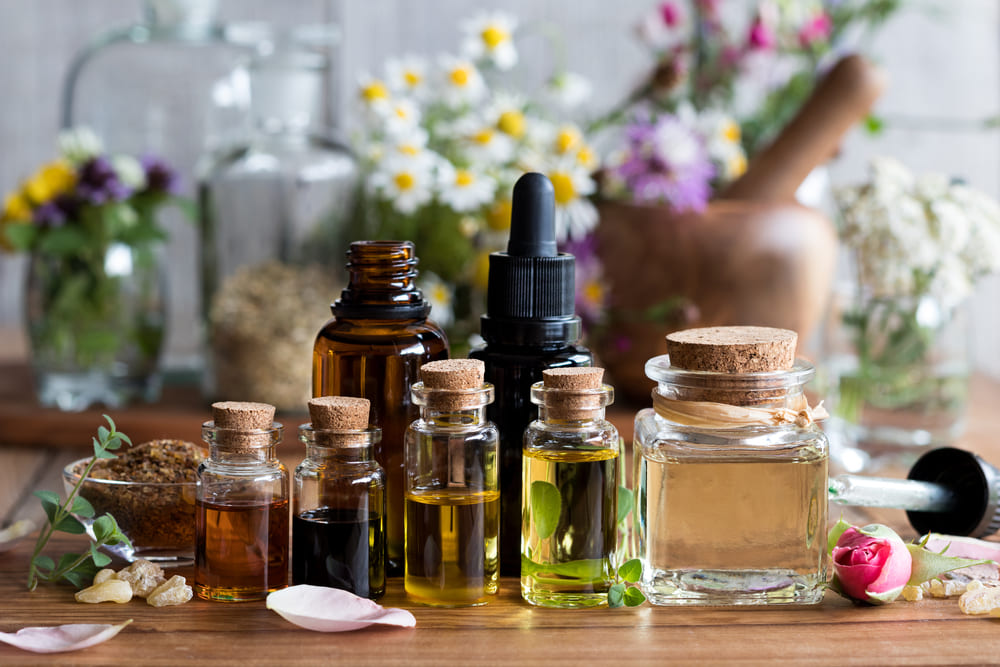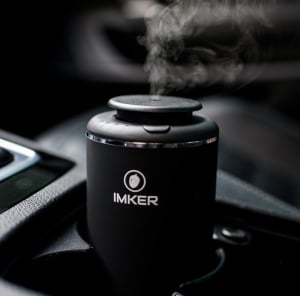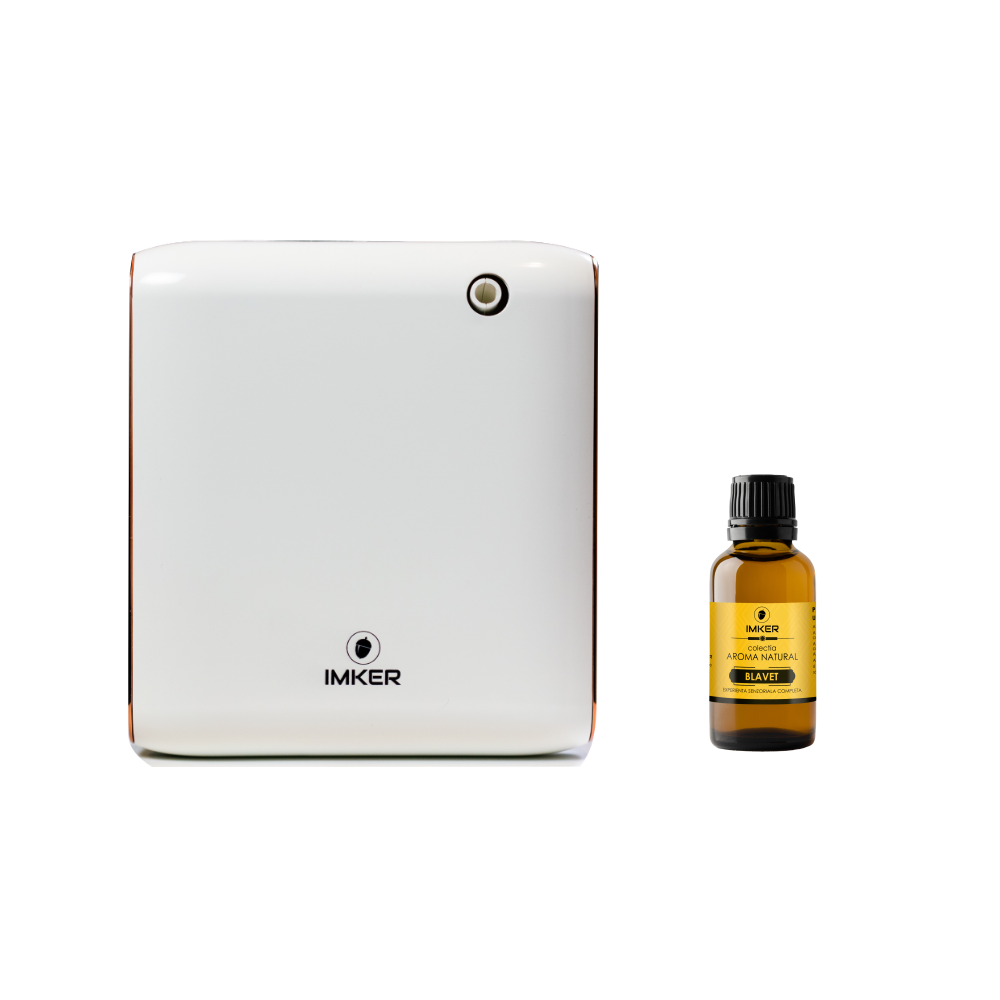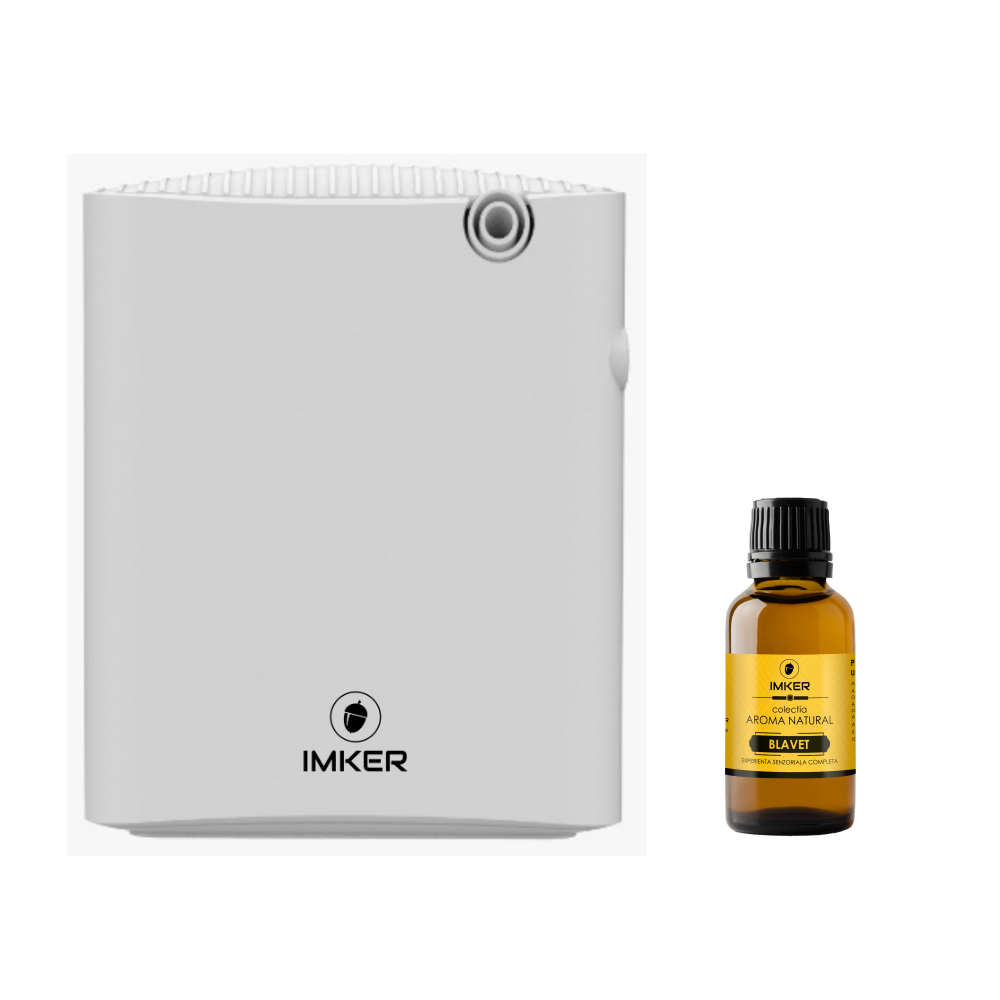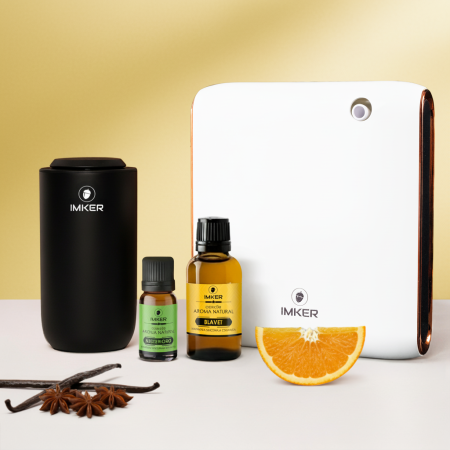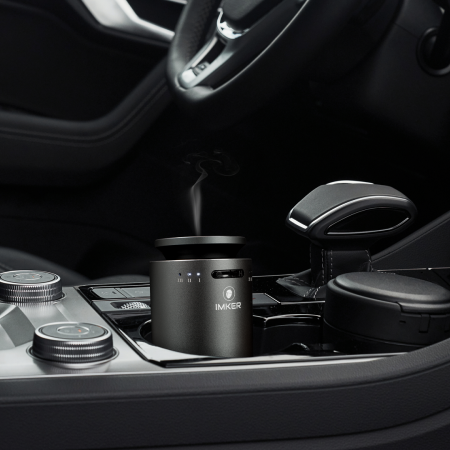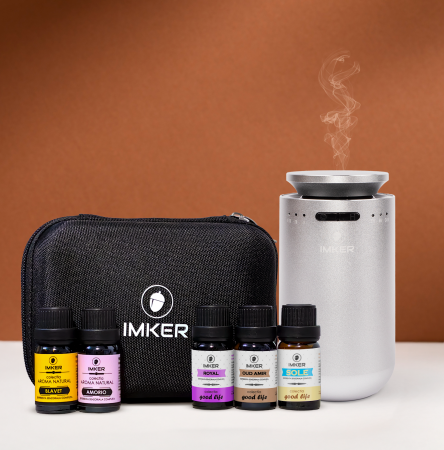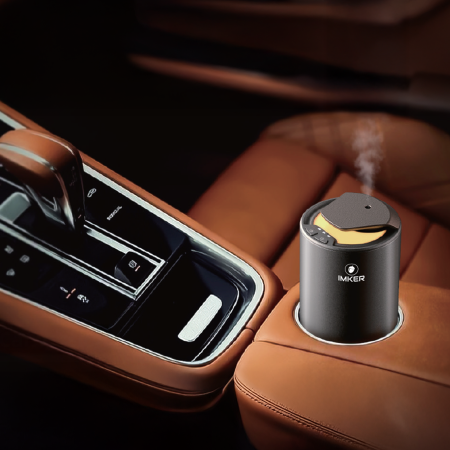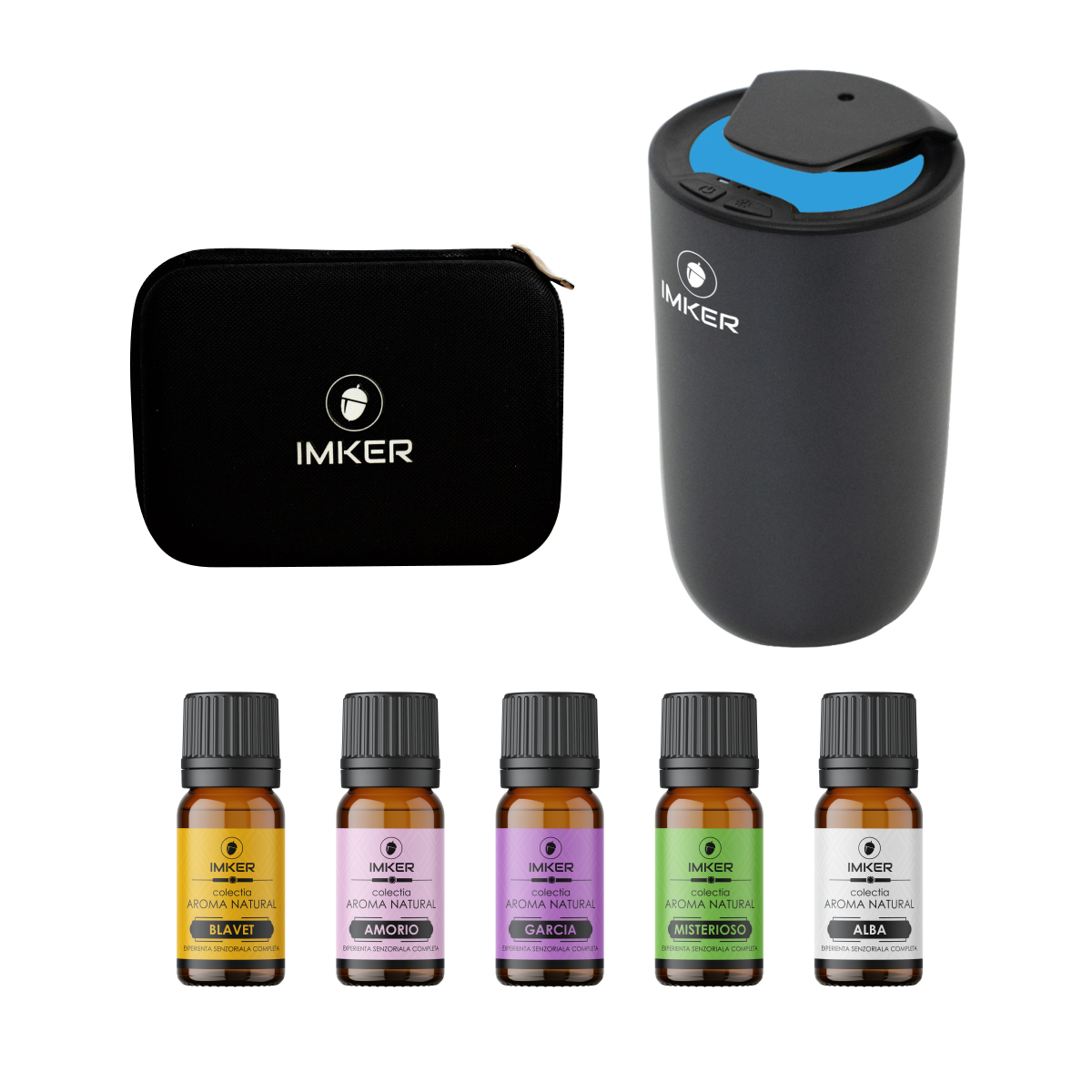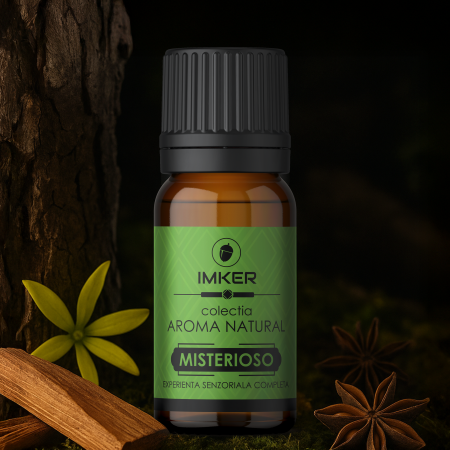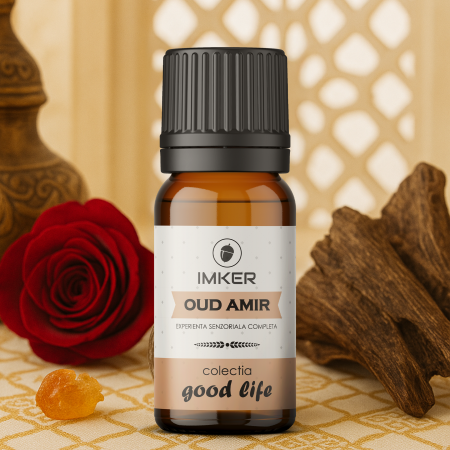Since ancient times, people have used beautifully smelling ingredients derived from nature to make perfumes. Some of these natural flavors and ingredients are still used in the perfume manufacturing process but are based on modern technologies. Fragrance ingredients include a mixture of alcohol, oils, and other aromatic components. While some perfume ingredients may sound familiar, others will seem completely foreign to you.
Surely, not infrequently, reading about perfumes, you have asked yourself, "What is amber?" or "What is musk?", but also what are the dozens of ingredients often used by master perfumers and where do they come from? Discover in the following article which are the most popular ingredients for perfumes, but also what is their origin!
How is perfume made?
In a previous article about the history of perfume, I told you that there is evidence of the existence of perfumes since the time of Ancient Egypt. A perfume maker at that time distilled flowers, oil, and other aromatic plants to obtain beautifully smelling solutions. Throughout evolution, this process has been modernized. However, although they are now manufactured on a much larger scale, the process is similar to those that originally produced the perfumes. Humans have been using nature's flavors such as flowers, fruits, and spices to produce pleasant fragrances for thousands of years. To give you an understanding of how perfume is made, we will present you with some details in the following lines.The process of making perfumes involves gathering ingredients, extracting oils, blending them, aging, and quality control. As with good wines, it takes a long time to produce a good fragrance. What is special is that many of the old methods of perfume production are still used today. Of course, the techniques and blends have been perfected by scientists and established perfumers.
Ingredients used for perfumes
Many perfumes are produced by extracting the scented oil from natural ingredients such as plants, fruits, woods, or even animal secretions. Other resources such as alcohol, tars, coal, or petrochemicals can also be used in the perfume manufacturing process.For those aromas that are not present in nature and do not produce essential oils, synthetic equivalents are used - chemicals made in the laboratory to mimic the fragrance. Many popular and hard-to-find scents can fall into this category, so chances are your favorite perfume uses at least a few of these synthetic ingredients.

Extraction methods of aromatic oils
Aromatic oils are extracted from natural ingredients to create fragrances. Well, essential oil extraction can be done in a variety of ways, which we'll talk about below.
Solvent extraction
This method involves placing the plants in large barrels and covering them with petroleum ether or benzene. The plant parts are then dissolved in the solvent used, leaving a waxy substance rich in essential oils. This substance is then transferred to ethyl alcohol; the oil is dissolved in the alcohol, and finally, the alcohol is burned off, leaving behind a concentrated perfume oil.Steam distillation
In the case of the steam distillation method, the natural perfume ingredients are placed in a still and remain there until they are extracted. Afterward, the resulting substance is passed through tubes, cooled, and then liquefied.Pressing
Pressing is one of the oldest ways of extracting perfume, the method is quite simple. This process, often used to extract oils from citrus fruits, involves pressing the plants, either manually or mechanically, until all the aromatic oils are extracted.
Maceration
The maceration process involves the use of heated fats to absorb the perfume. These are later dissolved in alcohol so that essential oils can be obtained.
Mixing the perfume ingredients
The actual process of creating the perfume begins once the essential oils have been extracted. After the perfume ingredients have been selected, they must be mixed. Essential oils are blended according to a predetermined formula by a master perfumer.Substances of animal nature are often used as fixatives that allow perfumes to evaporate slowly and persist for longer. Other fixing agents include mosses, coal tar, resins, or synthetic chemicals. Alcohol and sometimes even water are used to dilute perfume ingredients. It is the alcohol-perfume ratio that determines the value, but also the strength of perfume. The more essential oil a perfume contains, the stronger it is.
The aging process of perfumes
The best quality perfumes are often left to "age" for months or even years after mixing the ingredients that contain them. Aging will allow different types of perfumes or notes to blend perfectly. Perfumes are made up of top notes as well as base notes, the latter being what creates a lasting product.Perfume quality control
Quality control is an integral part of the perfume production process and ensures that the finished products do not contain any harmful or unwanted elements. Thus, both the reputation of the brand and the health of consumers are protected.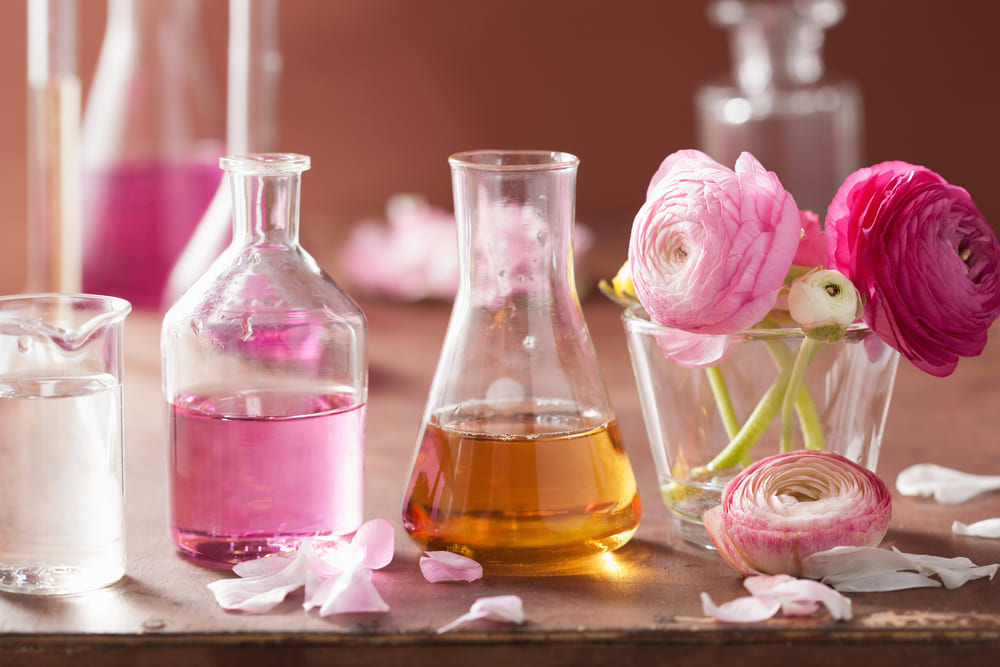
Natural ingredients of perfumes
Many essential oil perfume flavors are produced by extracting them from natural ingredients. These are mainly substances derived from plants or animals, but also spices, roots, or resins. The most well-known category of natural ingredients for perfumes is, of course, represented by flowers. Derivatives from essential flower oils can be quite expensive, and there is an explanation for this. For example, to obtain one kilogram of rose oil grown in France, one ton of petals of these flowers is needed. When it comes to flowers like jasmine or violets, the quantities can be all the more amazing, as the perfume manufacturing process is a complicated one.Fortunately, even the smallest extract from fruit or flowers is enough to create truly incredible fragrances. Moreover, thanks to some substances used today, such as aldehydes, perfumes become much more expressive and can persist much longer than they did in the past.
Synthetic components of perfumes
Currently, there is a downward trend in the use of natural ingredients for perfumes and a greater orientation towards synthetic components (derived from chemical laboratories). They come with a series of advantages not to be neglected. Thus, apart from the fact that they are much more available, synthetic equivalents have lower prices, are easier to produce, persist longer than natural ones are less susceptible to causing allergic reactions, and allow obtaining notes of the original perfume, never known before.Many perfume companies avoid using natural ingredients for their products out of concern for the environment and animals. For example, the purchase of one kilogram of musk (a natural ingredient prized for its ability to make the perfume more persistent) means killing more than 160 musk deer, an endangered species. This method is now banned, so musk in perfumes is almost always made synthetically.
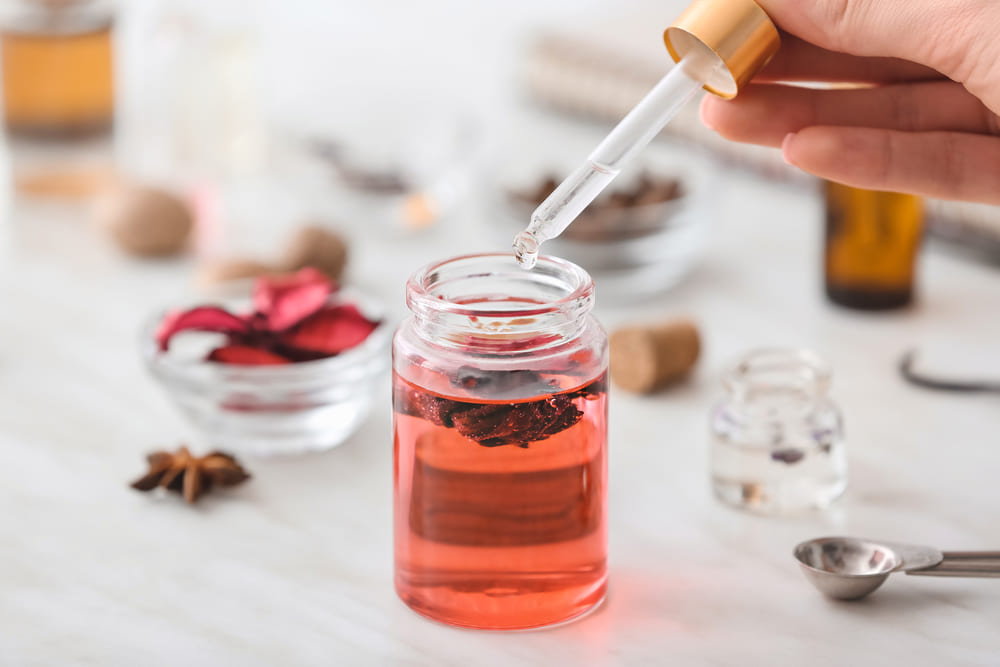
7 most popular ingredients in perfumes
We previously promised that we would also reveal to you which are the most popular perfume ingredients, along with their provenance. And we will keep our word because, in the following lines, you will be able to discover a selection of the most appreciated perfume essences. You will only need a professional perfume diffuser, to be able to envelop the interior of your home or any other space with an inviting scent.1. The rose, at the top of the most popular perfume ingredients
The rose is recognized as the queen of flowers all over the planet. The romantic, sweet, fresh scent of roses makes them some of the most popular perfume ingredients. Cultivated all over the globe, especially in Bulgaria, Turkey, Russia, and India, the Queen of Flowers has been used since ancient times to make essential oils and perfumes that can have woody or even fruity scents. In the range of aromas from AromaNatural essential oils, you will find the perfume from essential oils DIAMOND, in the middle notes of which rose can be found.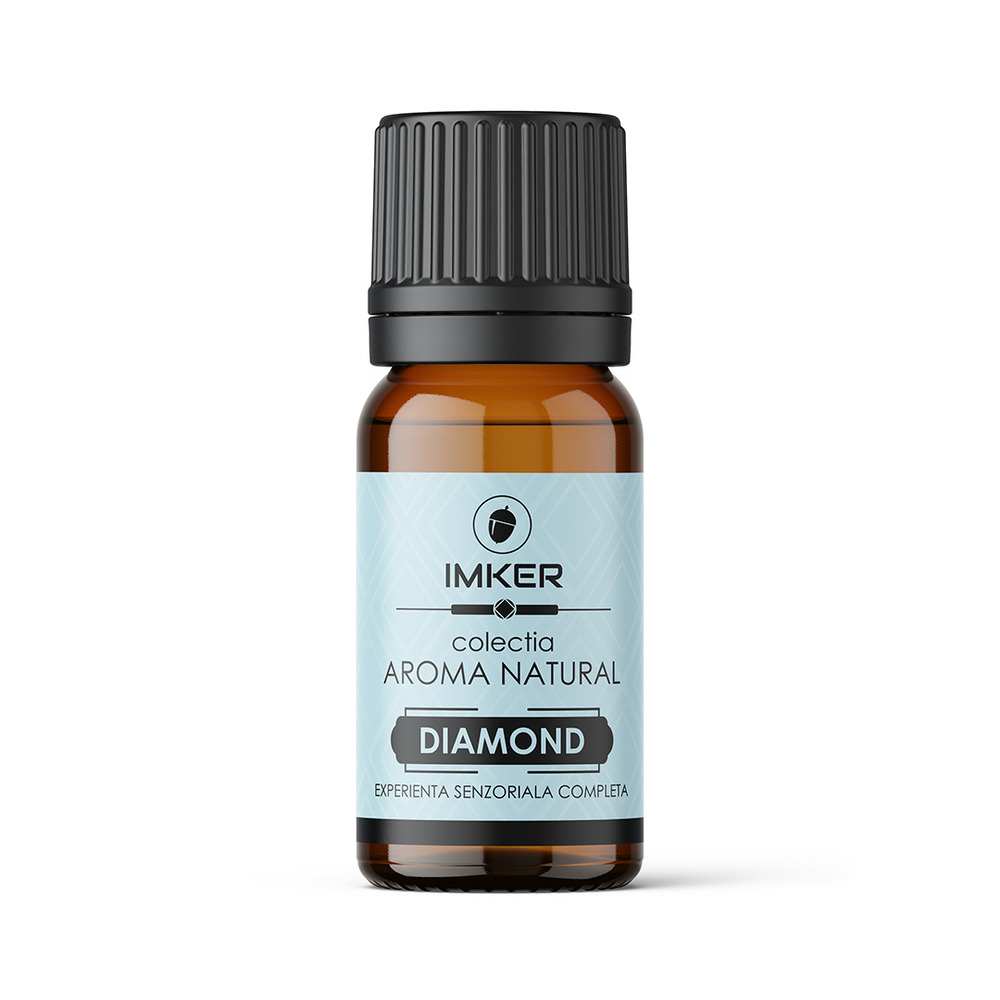
2. Jasmine, among the most widely used flower essences
Invigorating and invigorating, jasmine enchants with its sweet and penetrating scent. Originally from western China and also cultivated in other parts of Asia, Africa, and the Americas, jasmine is a popular perfume ingredient. With light notes when used in their natural form and fresh notes when synthesized in the laboratory, jasmine has a youthful, feminine scent, making it an extremely popular middle note in perfumery. In the collection of aromas from essential oils for Aromatherapy, you will also find JASMINE oil for perfumery and aromatherapy, with a divine smell.
3. Lavender, is among the most used perfume essences
Among the most popular perfume ingredients is lavender. The French region of Provence is particularly famous for its lavender fields, but it is also grown in England and Bulgaria. The balsamic sweetness of this plant has been enriching perfumes for centuries. Moreover, in a previous article where we talked about the best essential oils with a relaxing effect, you also learned that lavender is the basis of the products indicated for sleep, tranquility, relaxation, and calming. In the GoodLife essential oil fragrance range, you will find the CHARM essential oil fragrance in which lavender is abundantly present.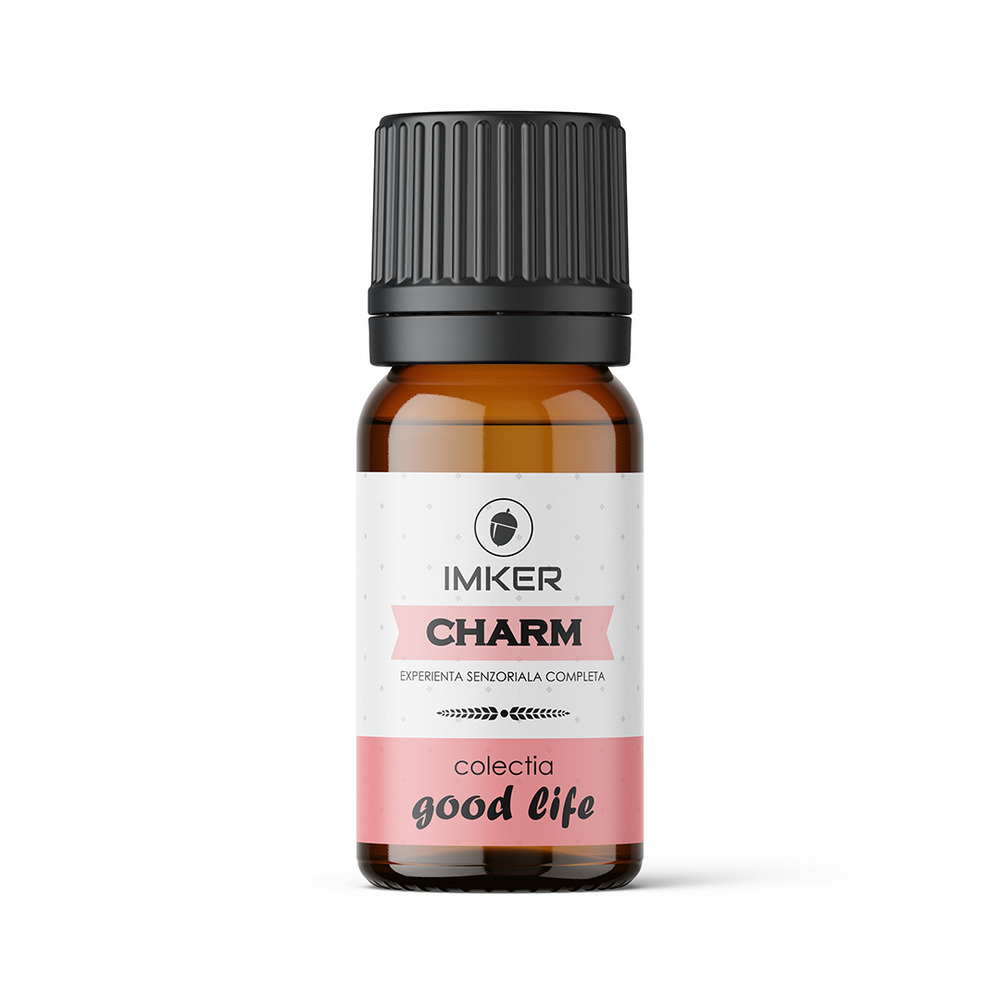
4. Amber, is among the ingredients in essential oils for perfume
Originally a mixture of laudanum and whale amber, ambergris now refers to mixtures of resins, woods, honey, and oriental spices. Amber perfumes differ according to the creators, but the delicate resinous aroma of amber gives the composition of perfumes a warm, oriental character. We suggest you select the OUD AMIR essential oil perfume from the GoodLife collection, with oud and amber aromas.
5. Musk, another popular ingredient in perfumes
Perhaps one of the most iconic base notes, musk was originally obtained from some of the glands of the now-endangered Tibetan Musk deer. This is also the reason why a synthetic version of this widely used ingredient is now used to produce rich and powerful perfumes. By purchasing a ROYAL essential oil perfume with mandarin, vanilla, and musk aromas, you will get velvety and precious aromas and persistent base notes.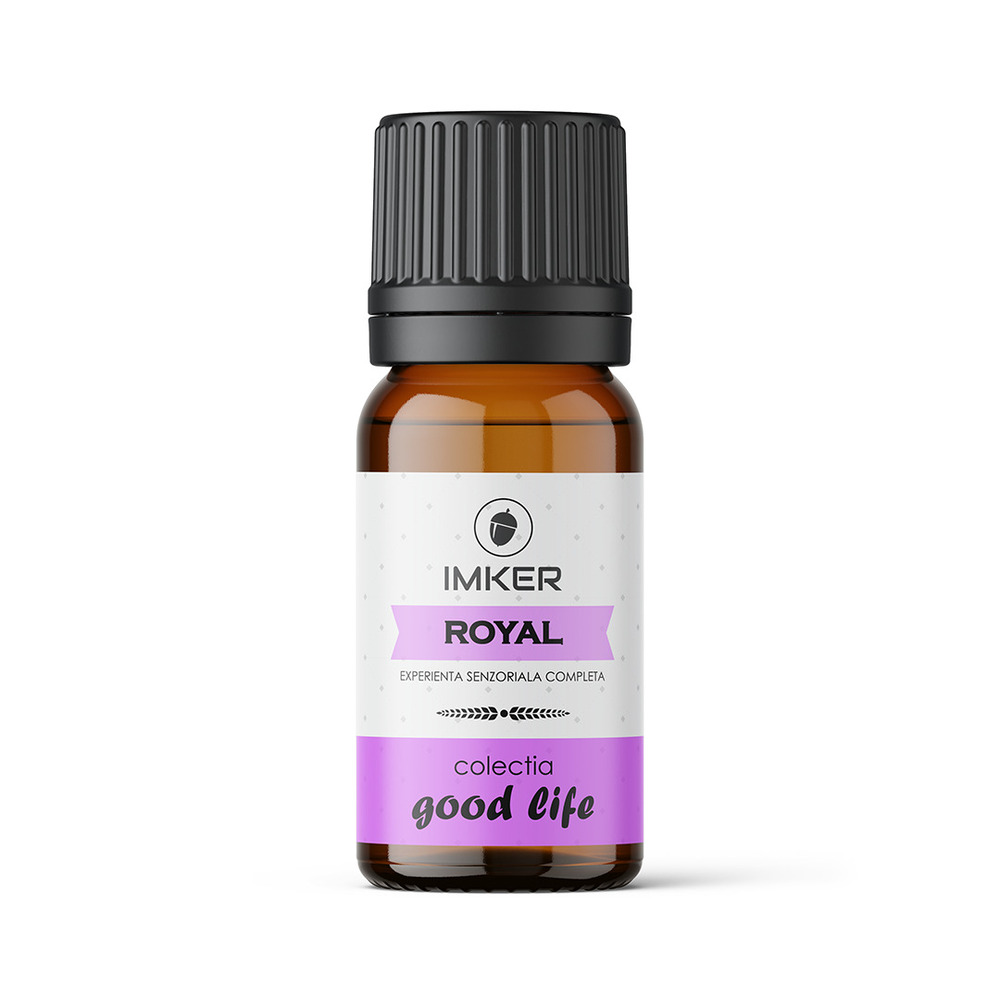
6. Bergamot, another ingredient often used in perfumes
Bergamot, often called "the finest citrus flower", has been cultivated in southern Italy for more than 600 years. From the essential oil of bergamot, refreshing and invigorating natural fragrances are obtained, given its sharp smell. In the GoodLife essential oil collection, you will find the fragrance of ESCLEY essential oils, among the aromas, are bergamot, jasmine, and black pepper.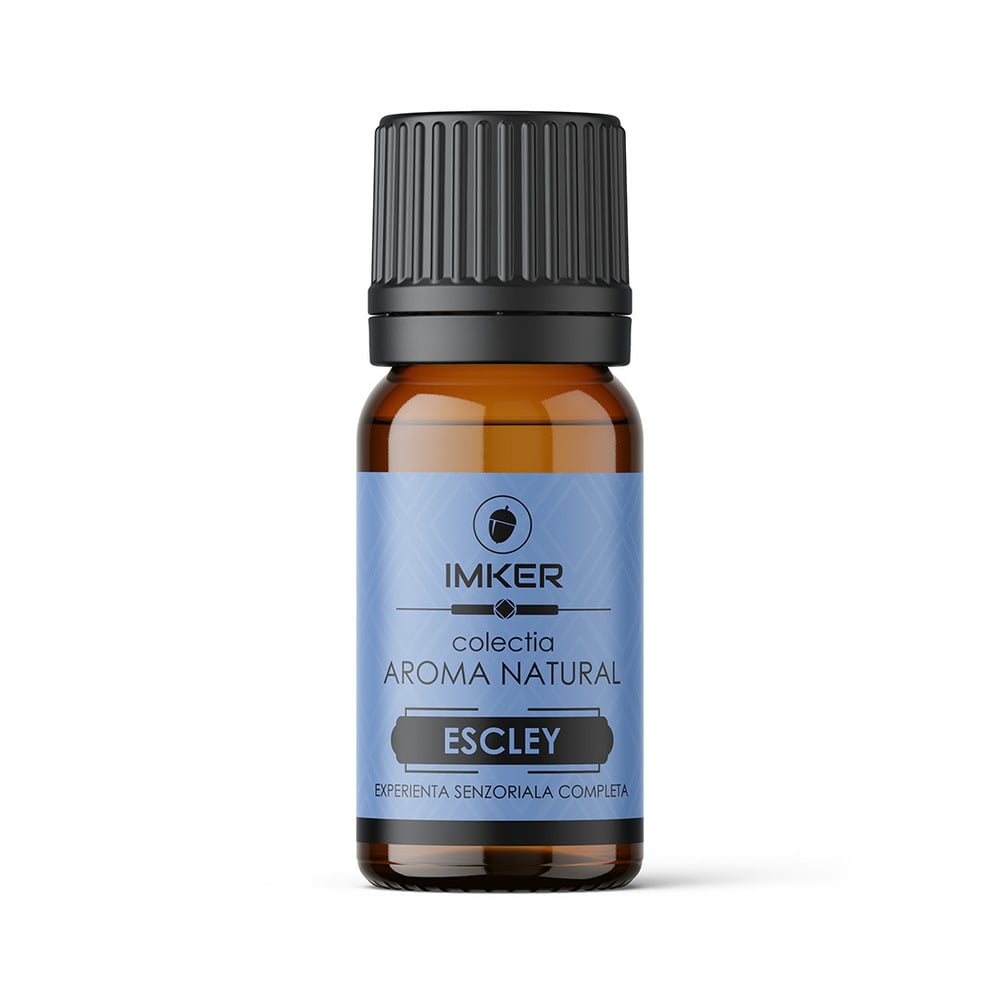
7. Vanilla, is among the most loved ingredients for perfumes
Vanilla is one of the most used perfume essences of all time. Having a sweet aroma, vanilla is a base note in oriental perfumes. If you're wondering where the flavor of vanilla comes from, you should know that although it is now cultivated all over the world, it originated in Mesoamerica. Vanilla essence perfumes are among the most popular types of perfumes. You can also choose from the AromaNatural collection, the perfume from essential oils MISTERIOSO with vanilla, rose, and anise aromas.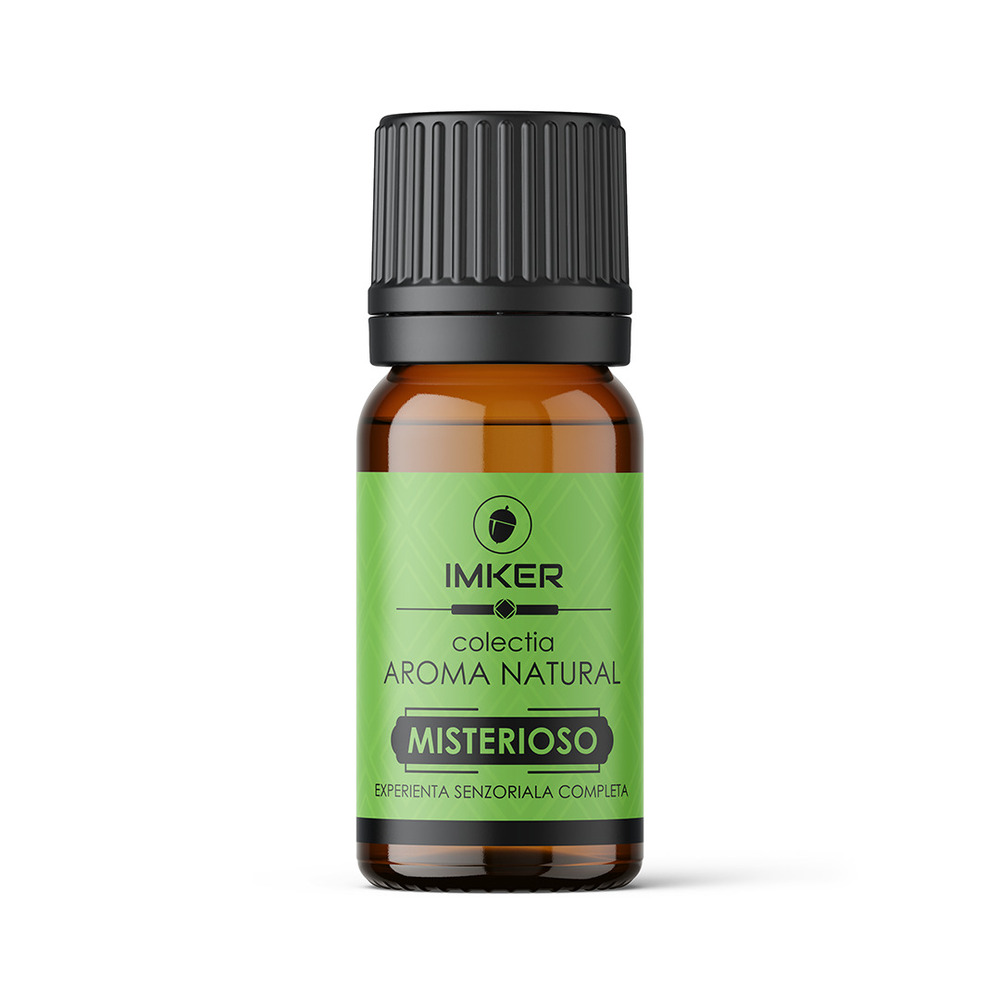
Now that you are familiar with the most popular ingredients used in this industry, all that remains is to analyze the essential oil perfume collection of the IMKER store and choose your favorite aromas. Whether you want to create a romantic atmosphere at home or use tricks for a pleasant smell in the house, or you want to enjoy the benefits of aromatherapy with essential oils, in our ranges, you will find the most fragrant perfumes.

